CeBIT 2001, which will take place in Hannover from March 22 - 28, documents more than anything else the rapid pace of development in e-commerce.
Published:
22 March 2001 y., Thursday
CeBIT 2001, which will take place in Hannover from March 22 - 28, documents more than anything else the rapid pace of development in e-commerce. This applies both to the electronic processing of business-to-business transactions and to the development of online communications between companies and consumers. As a universally accessible platform the Internet has made it possible for suppliers and purchasers of goods and services to make contact and transact business in "electronic marketplaces." According to analysts at the Gartner Group in London, the market volume of e-commerce in Europe alone is set to grow from 35 billion dollars today to over one trillion dollars by the year 2004.
Many applications for Internet access on the move are now being developed on the basis of WAP technology (wireless application protocol). Thousands of software houses large and small now offer mobile applications for every area of life. Mobile phone users now have access to the same range of services - from banking transactions to hotel bookings - as customers who access the Internet from a PC in their home or office. According to industry observers, one of the biggest growth markets in the future will be games, which mobile phone users will be able to play by accessing the Internet on the move through a new generation of mobile networks, such as GPRS (general packet radio service) and the new UMTS (universal mobile telecommunications system).
For many consumers the Internet is already an important decision-making tool when shopping for new products. The mobile phone has become a mass-market consumer item. By 2005, according to a survey by Ericsson, the number of mobile phone users worldwide will have risen to 1300 million. 1000 million of these will also have access to mobile Internet services. At present the take-up rate for WAP phones, which offer Internet access based on the "wireless application protocol," is relatively slow, but by 2005 WAP phones are likely to be the norm. Compared with PC-based applications, where color and animation are the dominant features of the display, the possibilities for displaying information on small portable devices are still very limited. But as new broad-band infrastructures for mobile communications become available, we will see the development of applications that cater for the habits and expectations of PC users on smaller displays and allow information to be displayed in color. Prototypes of UMTS phones with these functions will be among the innovations to be unveiled at CeBIT 2001.
Šaltinis:
cebitusa.com
Copying, publishing, announcing any information from the News.lt portal without written permission of News.lt editorial office is prohibited.
The most popular articles
Software company announced new structure_ of it_s business.
more »
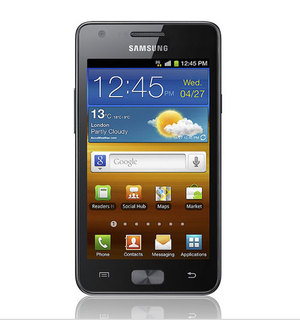 A new smartphone from Samsung has been announced by Three in Sweden, the Samsung Galaxy Z.
more »
A new smartphone from Samsung has been announced by Three in Sweden, the Samsung Galaxy Z.
more »
 News Corporation has sold its ailing social networking site MySpace to online advertising firm Specific Media.
more »
News Corporation has sold its ailing social networking site MySpace to online advertising firm Specific Media.
more »
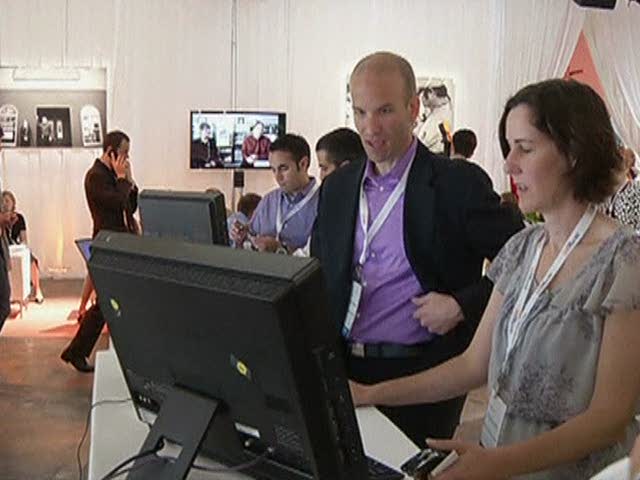 Microsoft CEO Steve Ballmer promoted company‘s new cloud product Office 365at an event in New York City.
more »
Microsoft CEO Steve Ballmer promoted company‘s new cloud product Office 365at an event in New York City.
more »
 Most folks do work with their hands, but what about your feet?
more »
Most folks do work with their hands, but what about your feet?
more »
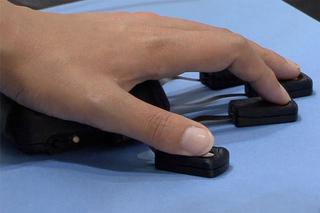 Company Double Research & Development has developed a new input device that can sense motion and pressure of the fingers. Manipulator "amenbo" find its use in applications requiring detection of users using their hands.
more »
Company Double Research & Development has developed a new input device that can sense motion and pressure of the fingers. Manipulator "amenbo" find its use in applications requiring detection of users using their hands.
more »
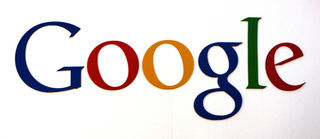 Thousands of pages from one of the world's biggest collections of historic books, pamphlets and periodicals are to be made available on the internet.
more »
Thousands of pages from one of the world's biggest collections of historic books, pamphlets and periodicals are to be made available on the internet.
more »
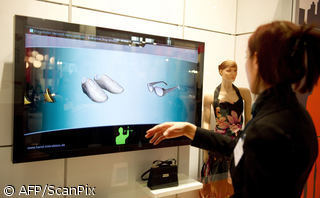 Chinese internet giant Alibaba has announced that it is reorganizing one of its websites, Taobao, into three separate units.
more »
Chinese internet giant Alibaba has announced that it is reorganizing one of its websites, Taobao, into three separate units.
more »
 Mr Lockhart, who joins Facebook next month as Vice President of Global Communications, represents the company's latest move to enlist Washington insiders.
more »
Mr Lockhart, who joins Facebook next month as Vice President of Global Communications, represents the company's latest move to enlist Washington insiders.
more »
 Facebook is planning an IPO that could value the company at as much as $100 billion, according to CNBC sources.
more »
Facebook is planning an IPO that could value the company at as much as $100 billion, according to CNBC sources.
more »
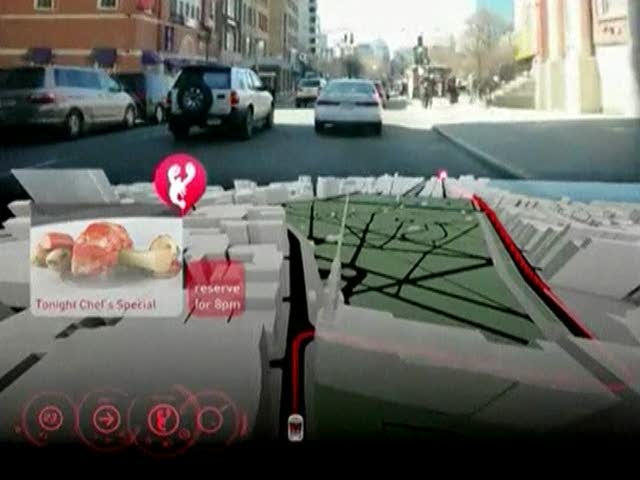 Audi and MIT's SENSEable City Lab have teamed up to design the car navigation system of the future - a 3D display that will sit on the dashboard.
more »
Audi and MIT's SENSEable City Lab have teamed up to design the car navigation system of the future - a 3D display that will sit on the dashboard.
more »